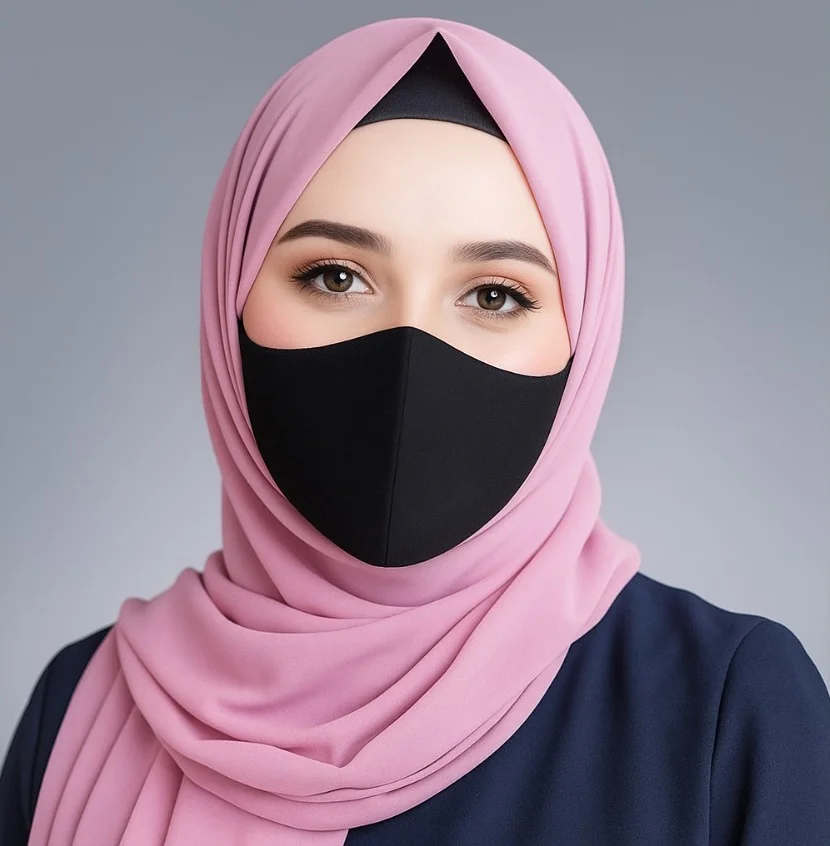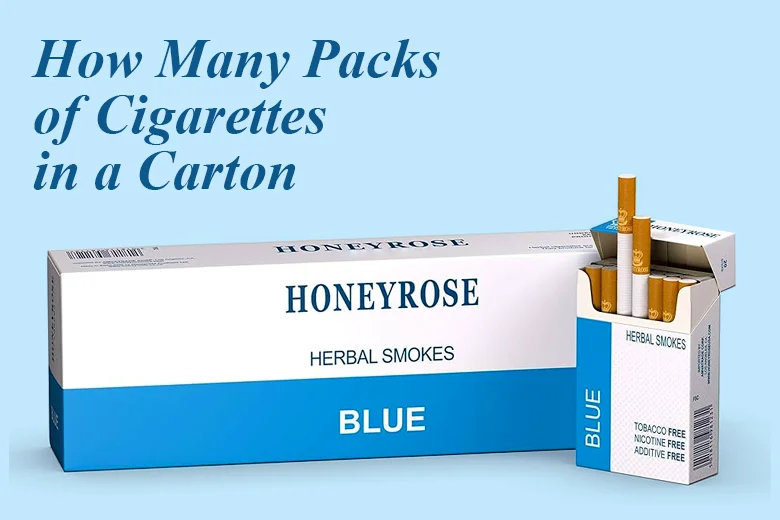Gloss aqueous coating is a water-based clear coating used after printing to protect and enhance printed materials. It gives the surface a smooth, shiny appearance while keeping it safe from smudges, fingerprints, and scratches.
Because it’s made with water instead of harsh solvents, it’s more environmentally friendly and safer to handle. Printers often use it on packaging, brochures, magazines, and product boxes to make colors look bright and professional.
In short, gloss aqueous coating makes printed materials look polished, last longer, and feel premium for all while being eco-conscious.
What is Gloss Aqueous Coating
The term “aqueous” means water-based, which sets it apart from other coatings like UV or solvent-based finishes. A gloss aqueous coating forms a thin protective film over the ink once it’s applied. This layer enhances the surface with a light-reflective shine, which makes designs look vivid and eye-catching.
There are different types of aqueous coatings, including:
-
Gloss Aqueous Coating: creates a shiny, smooth finish.
-
Matte Aqueous Coating: gives a non-reflective, soft-touch look.
-
Satin Aqueous Coating: provides a balanced finish between gloss and matte.
Among these, gloss aqueous is preferred when you want to add vibrancy and protection at the same time.
How Gloss Aqueous Coating Works
The process is quite simple yet effective. After printing your design, the gloss aqueous coating is applied as a liquid layer over the ink. Then it goes through a heat and air drying system, which helps the coating bond to the surface quickly.
Once dried, it forms a thin, transparent film that seals the printed ink beneath. This layer makes the paper or packaging look smooth, bright, and glossy.
Because it dries fast and is non-toxic, it’s great for high-speed printing and packaging production lines.
When Is Gloss Aqueous Coating the Best Option?
You should choose gloss aqueous coating when your printed product needs a shiny, protective, and eco-friendly finish. It’s ideal in situations like these:
-
Product Packaging: When you want your boxes or labels to look attractive on shelves. Gloss coating adds a reflective shine that grabs attention.
-
Marketing Materials: Great for brochures, flyers, and posters where color richness and presentation matter.
-
Colorful Artwork or Photography: Enhances contrast and depth, making photos look crisp and vivid.
-
Eco-Friendly Printing Needs: Because it’s water-based, it produces fewer VOCs (volatile organic compounds) and is safe for recycling.
-
Bulk Printing Projects: It’s affordable and dries quickly, which helps in large-scale printing without slowing production.
Pros and Cons of Gloss Aqueous Coating
Pros (Advantages)
1. Eco-Friendly Option:
It’s made from water-based formulas, meaning fewer chemicals and less harm to the environment. It’s also easier to recycle coated materials.
2. Fast-Drying Process:
Unlike varnish or UV coatings, aqueous coatings dry quickly through heat, which speeds up printing production.
3. Bright, Shiny Finish:
It gives printed surfaces a clean, glossy look that enhances colors and makes images pop.
4. Scratch and Smudge Resistance:
The coating forms a protective layer that reduces wear from handling, fingerprints, and dust.
5. Cost-Effective:
It’s cheaper than UV coating and still gives a professional look suitable for most projects.
Cons and Limitations
1. Not Waterproof:
While it offers light moisture protection, it isn’t fully waterproof — water drops may still leave marks if exposed too long.
2. Softer Gloss:
The shine is bright but not as intense as UV coating. If you want a mirror-like gloss, UV might be better.
3. Limited Durability for Heavy Handling:
Frequent folding, rubbing, or rough use can wear it down faster.
4. Can’t Be Written On:
Pens, markers, or stamps don’t stick well on a glossy surface, so it’s not ideal for writable materials.
5. Few Texture Options:
It doesn’t offer special textures like soft-touch or metallic finishes.
When You Should Not Use Gloss Aqueous Coating
Although gloss aqueous coating works well for most print jobs, it’s not the right choice for every project. Avoid it when:
-
Products Will Be Used Outdoors:
It doesn’t handle rain or heavy moisture well. Water exposure can damage the surface. -
Luxury Packaging Is Needed:
If your goal is a high-end, ultra-glossy finish or special texture, UV coating or lamination will look better. -
Writable or Stampable Surfaces Are Required:
Glossy coatings don’t allow ink or stamps to stick, so matte finishes are better for writable areas. -
Heavy Ink Designs:
On designs with dark, solid backgrounds, gloss can reflect unevenly, creating minor light patches.
By knowing when not to use it, you can choose the right coating for your project and avoid common issues.
Gloss Aqueous Coating vs UV Coating
Both coatings add shine and protection, but they serve different needs:
| Feature | Gloss Aqueous Coating | UV Coating |
|---|---|---|
| Base | Water-based | Chemical (UV-curable) |
| Drying Method | Heat and air | Ultraviolet light |
| Shine Level | Medium to high | Very high (mirror gloss) |
| Eco-Friendly | Yes | Less eco-friendly |
| Durability | Good | Excellent |
| Cost | Affordable | Expensive |
| Best For | Everyday packaging, brochures, flyers | Premium or luxury packaging, long-term use |
Final Thoughts
Gloss aqueous coating combines shine, protection, and sustainability in one solution. It helps printed materials look fresh and vivid without using harsh chemicals. While it’s not fully waterproof or ultra-glossy like UV coating, it’s an excellent choice for most packaging, marketing, and print projects. If you want something eco-friendly, fast-drying, and visually appealing, gloss aqueous coating is a reliable and cost-effective finish.

 Aminah Zaheer
Aminah Zaheer
















.webp)



















